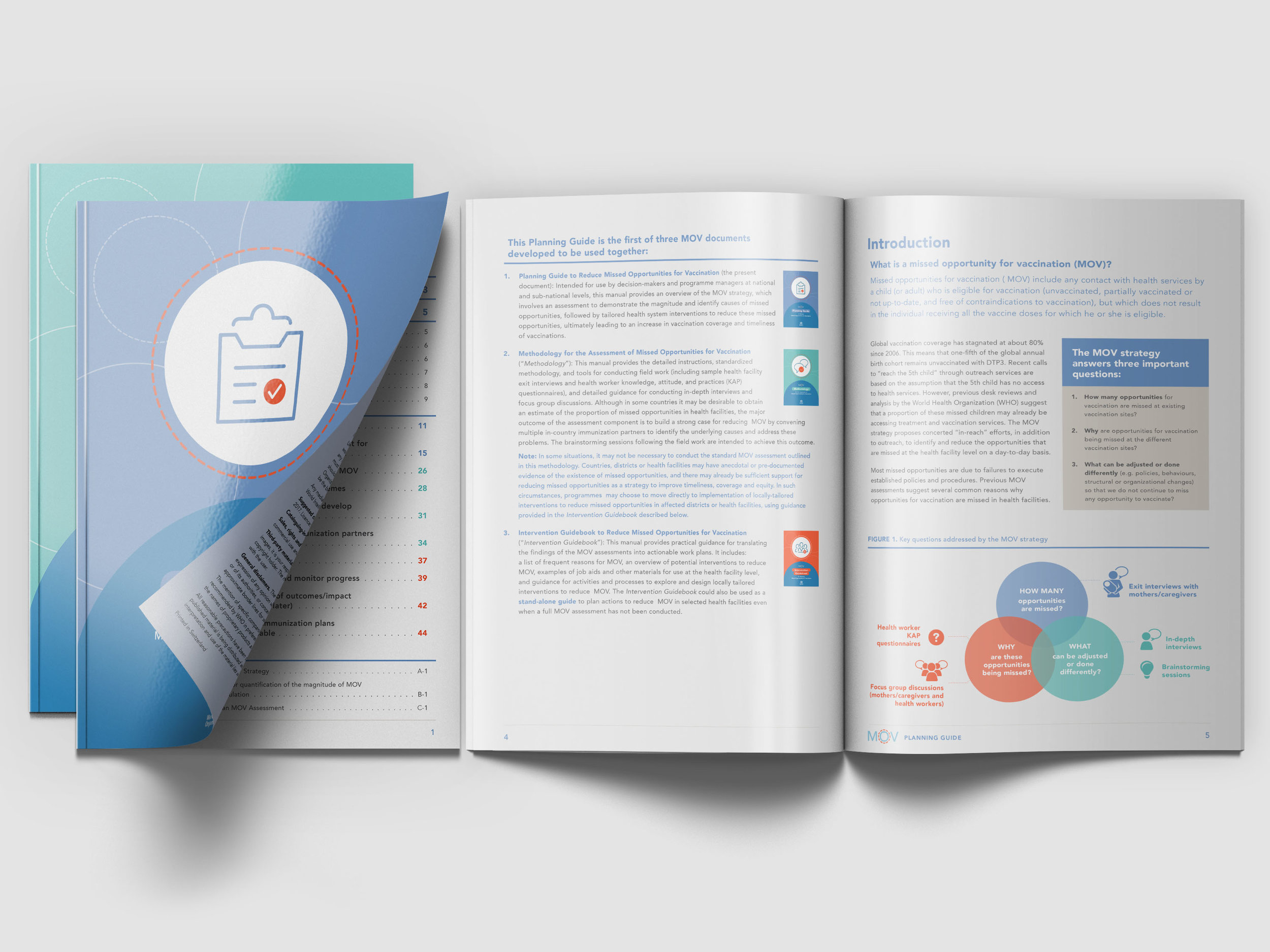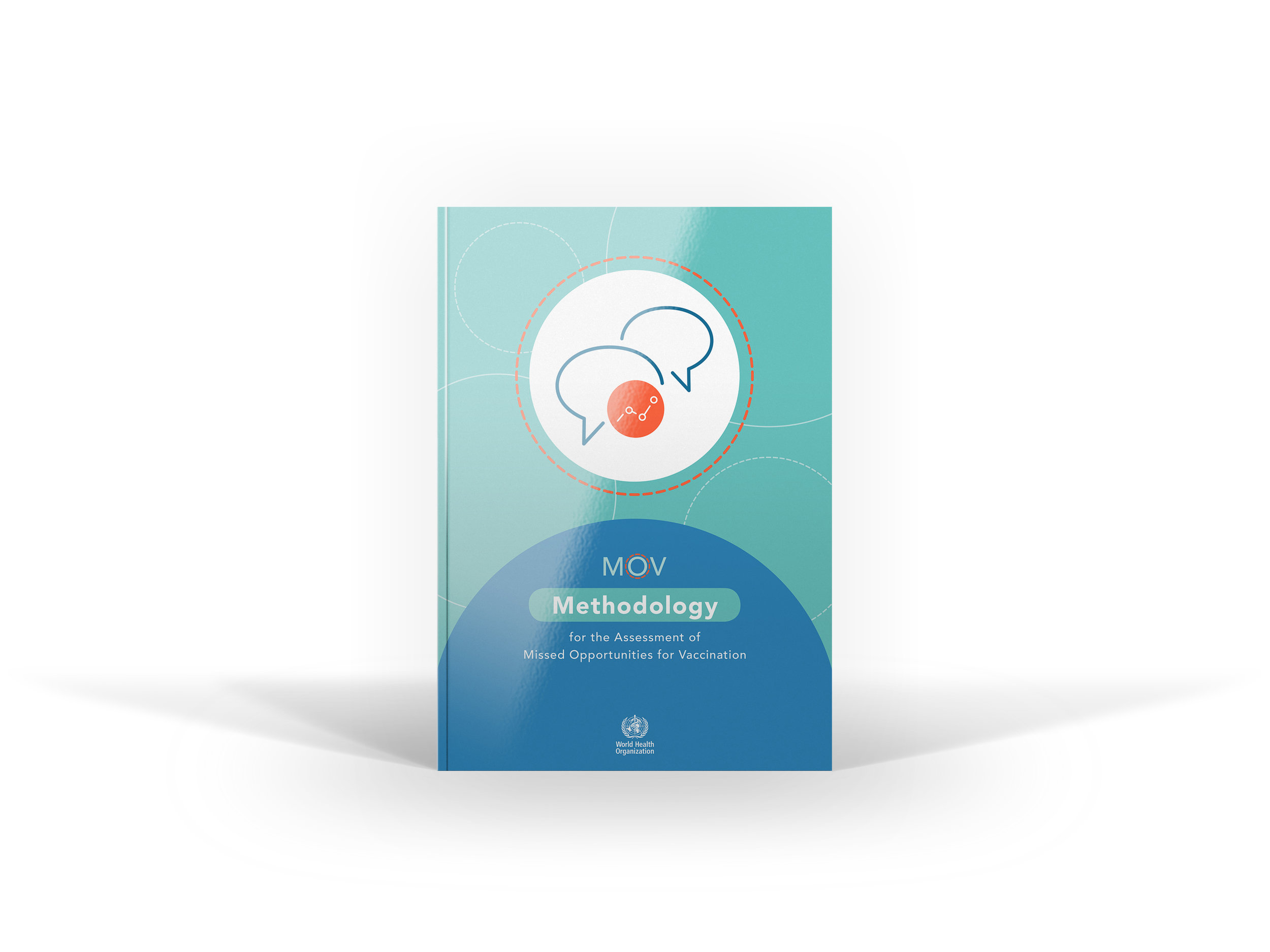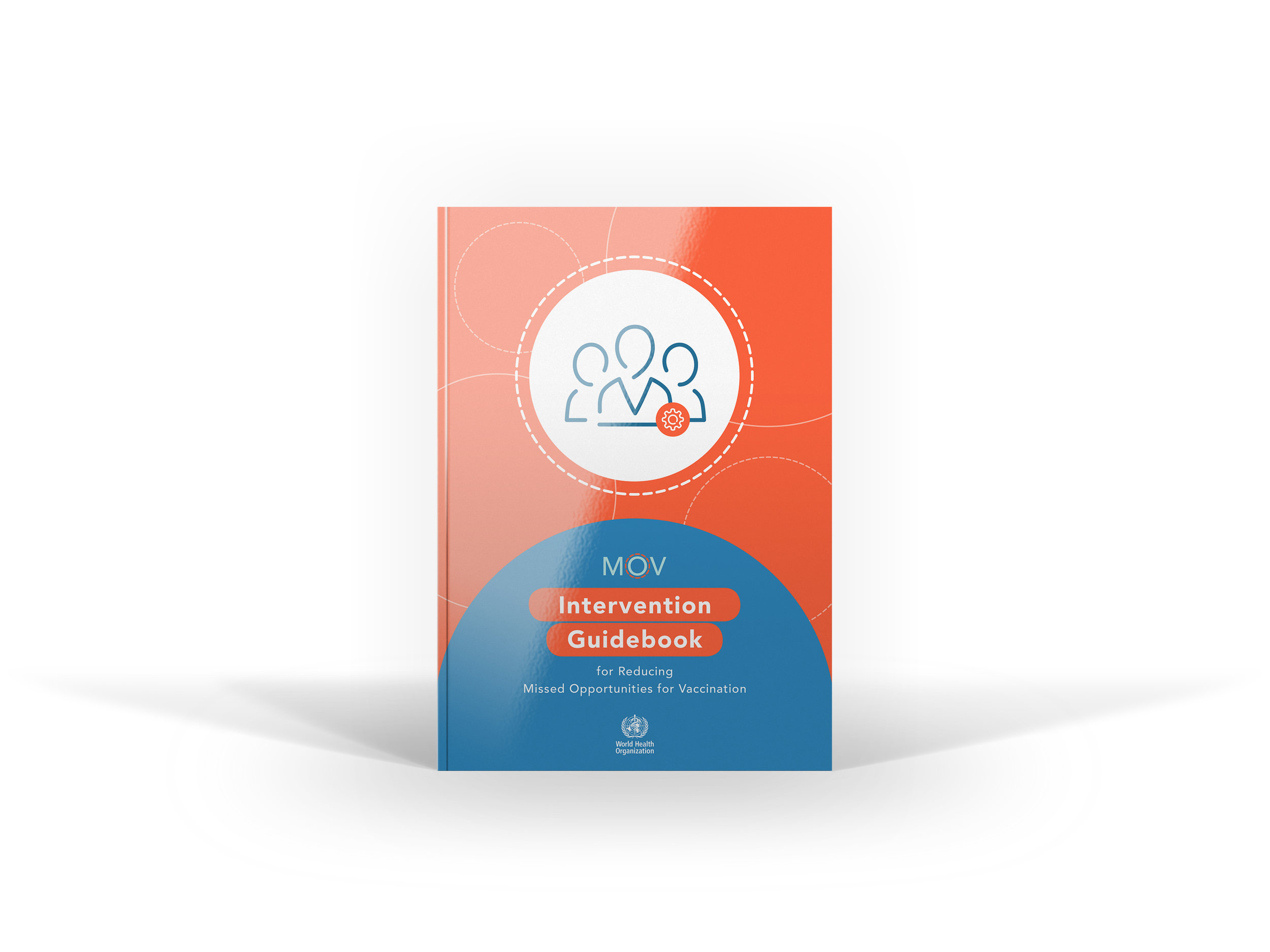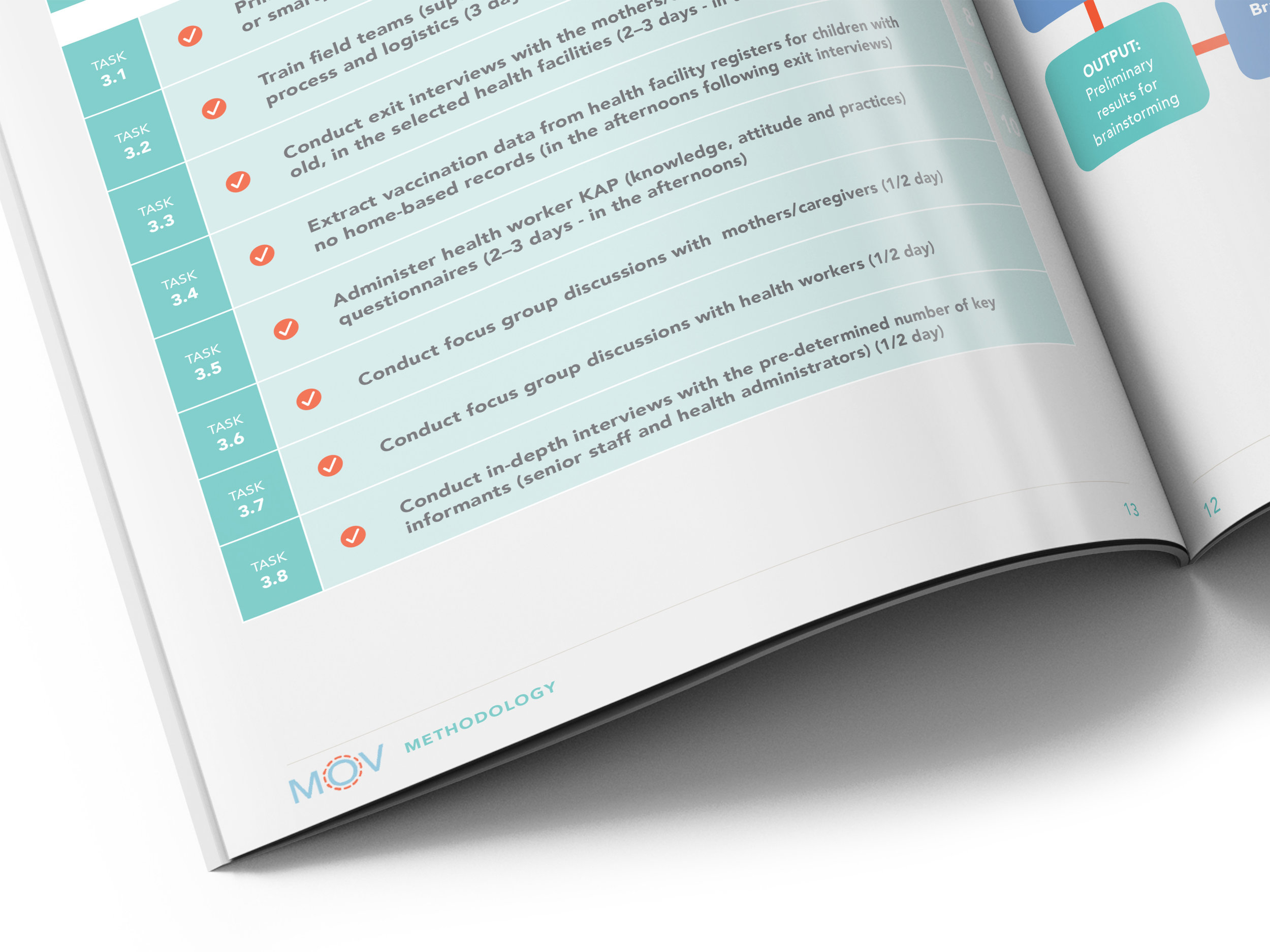

Instructions made tangible
In 2013, as a side note to a larger project, we were asked to "clean up" a Word document. After reviewing the content and understanding there was an instructional process to the material, we asked to spend some design hours interpreting the content in a way that would read and function as instructional.
The result was the Operational Toolkit and the first of many "process guides" we have created on topics as widely varied as sourcing funding for vaccines to costing of health services. These step-by-step resources typically include digital and print components, but can be customized based on the needs of the project and audience.
“WE HAVE BEEN THOROUGHLY IMPRESSED WITH YOUR WORK…AND ARE DEEPLY GRATEFUL FOR YOUR PROFESSIONALISM AND ENTHUSIASM…”
— Helen Saxenian
Senior Fellow
Results for Development
The toolkit process
The toolkit process begins with a summary of the project goals and an initial draft of the manuscript. In our working process, the initial design concepts can be developed concurrently with refinements to the manuscript. A question we often hear is, "how far along does the manuscript need to be?" In general, design can begin when the document structure is set (large sections of content are not moving around) and the content is 85-90% written.
Initial draft in hand, we develop two to three creative options and present them to the project team. We present distinctly different creative options which address client input in a variety of ways. Feedback is incorporated and we prepare the document for layout.
We involve an Editor in the majority of our toolkits. Often simultaneous to the creative process, our Editor takes a deep dive into the content and provides strategic input on this highly technical content. Once finalized, the manuscript moves to design for layout.
Proofing cycles take place in Adobe Acrobat. The layout is provided as a PDF document and we request comments as compiled annotations in one file. In particularly long documents we may proof in sections, though in general we are able to maintain consistency by working with the complete document.
We plan for two to three layout proofing cycles, generally expecting input to reduce as we move along in the process. Once the project team approves the document as final, we send it to a proofreader who, with fresh eyes, can provide one last independent review.
Once we have our press-ready document, we generate a complete set of files for the printer then build in a set of hyperlinks for a "clickable" PDF. We also export any figures or graphics created for the toolkit to reuse in other contexts.
Are you in process on an instructional document?









